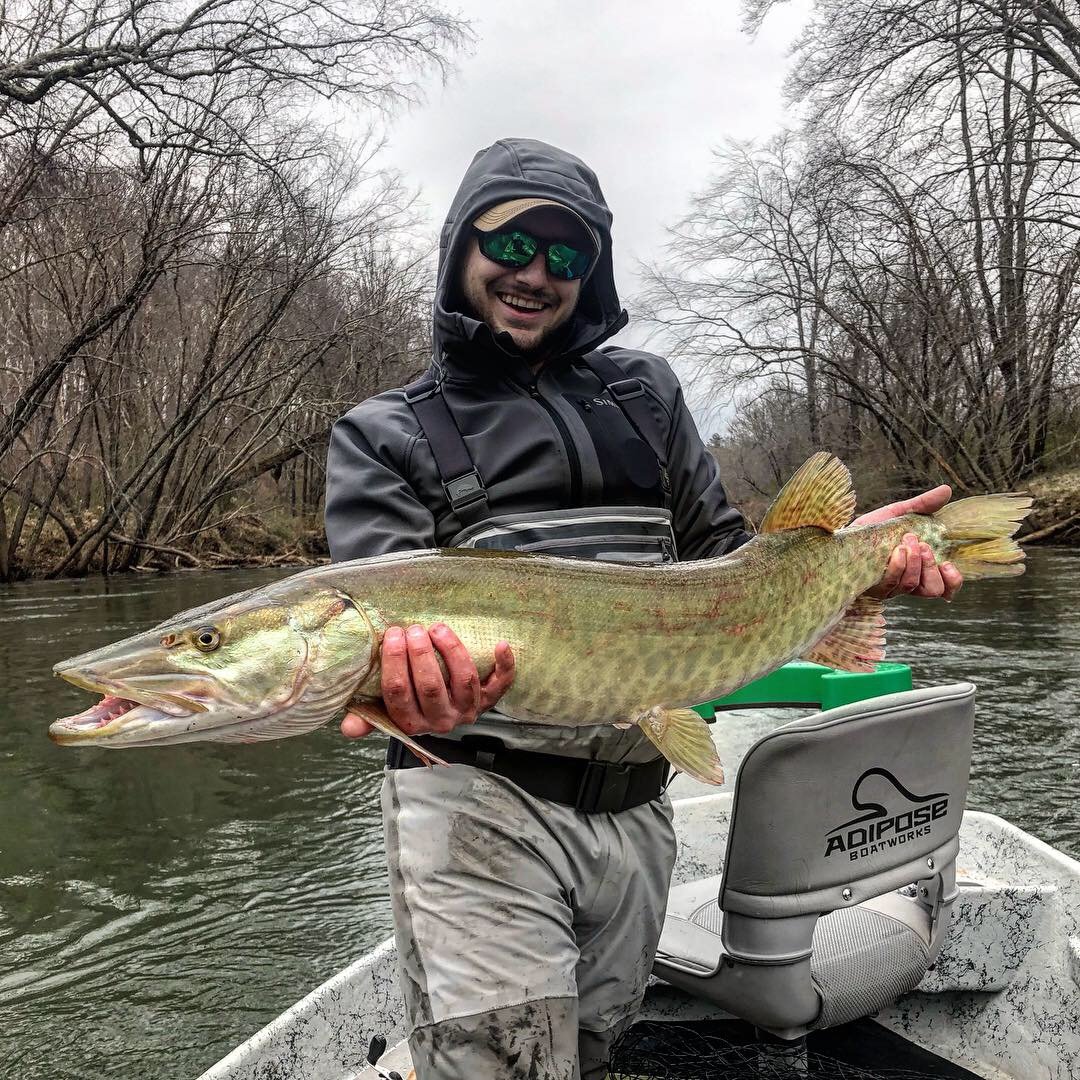Anglers Show Up—And It’s Not Just to Fish: Community Scientists in Safeguarding Vulnerable Rivers
Rivers are the lifeblood that connects us all. The fly fishing community is the heart of Science on the Fly, uniting us in a shared mission to protect these vital waterways. Our community shows up—not just to fish—but to safeguard the rivers we love. Five years ago, we launched this grassroots movement with the fly fishing community to gather critical data on water quality and river health—all while anglers are already out on the water.
Every angler shares a deep respect and responsibility for the rivers they fish. Science on the Fly taps into that passion, giving anglers a way to connect with their home rivers on a deeper, more meaningful level. Through this unique partnership, we've found new ways to understand our rivers and capture the stories of both the water and the people who rely on it.
Join us in celebrating the Science on the Fly community as we kickstart the next five years of river protection and restoration!
For our 5th anniversary, we’re launching a month-long celebration to shine a light on the people, places, and stories that have united anglers worldwide in protecting and restoring rivers. Our Community Scientists are at the heart of it all.
Today, more than 150 Community Scientists are gathering data in 350 locations across six countries, and we're excited to continue growing this movement. Because at the end of the day, when you protect a river, you protect the entire ecosystem—and the people who depend on it.
We’ve caught up with some of our Community Scientists to hear their river stories, and we can’t wait for you to meet them…
Bruce McCutcheon sampling for Science on the Fly in Easton, PA.
Bruce McCutcheon: Easton, Pennsylvania
My name is Bruce McCutcheon. The Delaware River and Bushkill Creek are my home rivers.
I retired in June of 2018 after a 34 year career as a collegiate athletics administrator, the final 17 years of that career as Director of Athletics at Lafayette College in Easton, PA. Easton, founded in 1752, is located at the confluence of the Delaware and Lehigh rivers and because of those waterways the city has a rich history in industry and transportation. I’m an avid hiker and backpacker (I completed 258 miles of the Colorado Trail in the summer of 2024) and has in recent years been transfixed by fly fishing and the need to protect cold water fisheries. I’m a member of the Forks of the Delaware Chapter of Trout Unlimited and currently serves on the chapter’s board.
In the section of the Delaware watershed in which Easton finds itself there are multiple tributaries classified as Class A Wild Trout Streams by the Pennsylvania Boat and Fish Commission. One of those streams, Bushkill Creek, runs right by the Lafayette campus. While browsing the web in early 2021 for fly fishing content, I came across the Science on the Fly website and was intrigued. There was a request/sign-up page on the website looking for volunteers, so I filled out and submitted the form. On March 10, 2021, I collected my first sample of the Delaware River in Easton and just recently collected my 185th sample overall. Currently, I sample one location on the Delaware, three locations on Bushkill Creek and one location on Martins Creek, which is also a tributary classified as a Class A Trout Stream.
Next to people, water is our most precious resource and it is our obligation to care for and recover streams and rivers so our children and their children can experience the joys associated with this irreplaceable resource.
Give Bruce a follow: @bmccutcheon84
Ethan Hollifield of North Carolina
Ethan Hollifield: Spruce Pine, North Carolina
My name is Ethan Hollifield and I am a Head Guide with Southern Appalachian Anglers. My home river is the North Toe and Nolichucky River System. I sample on two locations around the North Toe and one location along a small tributary called Grassy Creek. I started sampling in 2024, after connecting with Allie Cunningham at an event in Asheville, North Carolina.
The North Toe and Nolichucky River system holds some of the most endearing memories for me that go beyond just fishing. From learning how to row a drift boat to spending nights by the river with my friends circled around a fire… it’s home to me, in every aspect. I think this is in part to people in Appalachia having a strong sense of place. My roots here date back well over 200 years. I’ve always had a deep desire to protect it since I strongly believe that both our mountain culture along with the environmental integrity are equally tied to one another.
The North Toe and Nolichucky recently just reached its highest levels ever recorded by the USGS thanks to Hurricane Helene (the gauge stopped working at 80,000cfs, the river's median flow is 1-2,000cfs). The loss of life and the environmental damage has been catastrophic, which makes Science on the Fly's data collection of water quality sampling that much more important to mark the best path forward towards ecological recovery.
Give Ethan a Follow: @southernappalachiananglers
Thank you to all of our Community Scientists who have joined us to tell the story of your home rivers. Because at the end of the day, when you protect a river, you protect the whole system—including the people in it.
Here’s to 5 amazing years of Science on the Fly—let’s kickstart the next 5 now!


